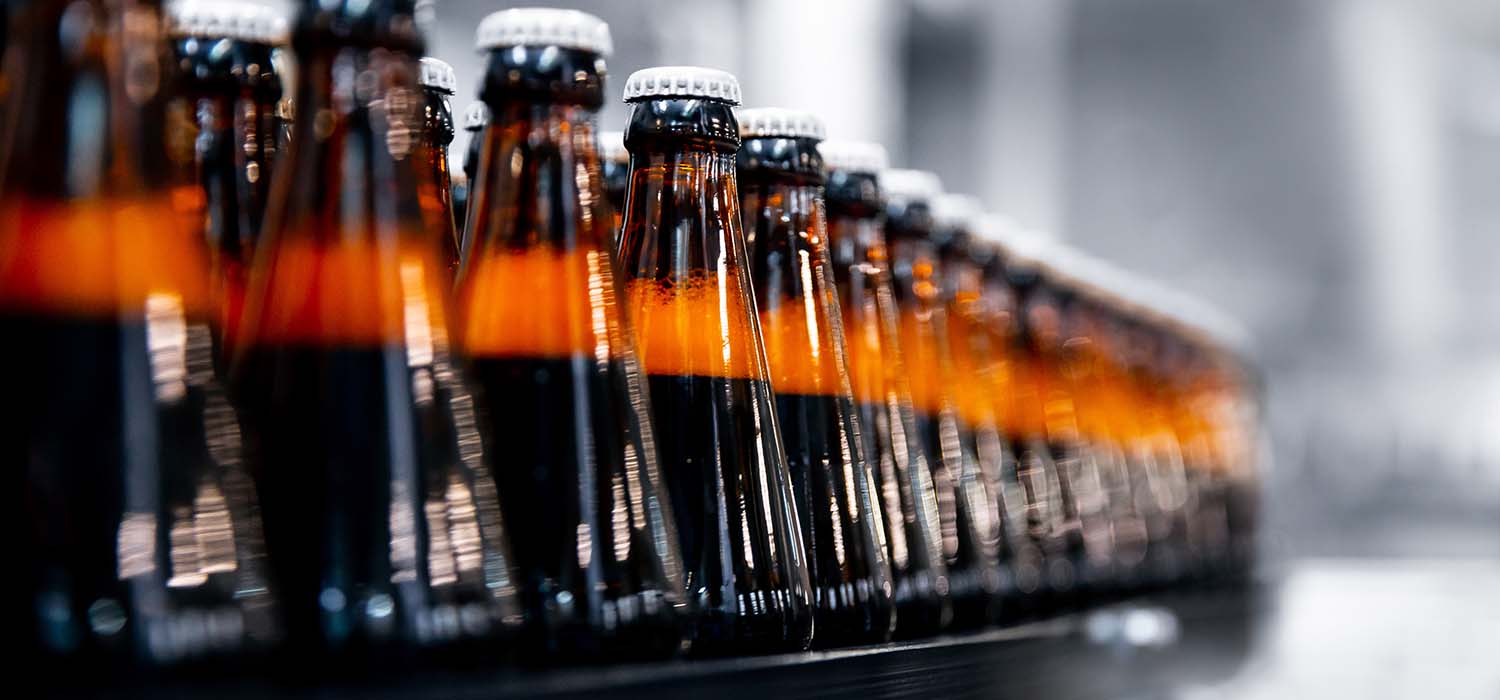A new report has found that alcohol companies rely on people who drink the most for sales, with more than a third of alcohol consumed in Australia drunk by only five per cent of the population.
The report Distribution of Alcohol use in Australia released today by the Foundation for Alcohol Research and Education (FARE) and undertaken by the Centre for Alcohol Policy Research (CAPR) analysed alcohol use among people who consume alcohol at the heaviest levels.
The report found that five per cent of the Australian population drank more than a third (36.1 per cent) of all alcohol used and averaged almost eight (7.83) drinks per day per person.
The heaviest drinking 10 per cent of the Australian population drank 54.1 per cent of all alcohol consumed, and the heaviest drinking 20 per cent of the Australian population, accounted for 75.1 per cent of all alcohol consumed.
FARE Policy and Research Director Mr Luke Hutchins said that alcohol companies are profiting most from people who drink at the heaviest levels.
“This report clearly shows that alcohol companies rely on exploiting risky drinking with a large proportion of their sales relying on people who drink the most,” Mr Hutchins said.
“These profits come at the expense of the health and wellbeing of families and communities across Australia.
“It has never been easier for alcohol companies to target people who drink heavily and who might be experiencing alcohol dependence.
“By design, alcohol companies are using digital marketing to easily identify, and target people based on purchasing history to push their products around the clock.
“Greater controls are needed to ensure alcohol companies do not target people who are most at risk.
“Alcohol has devastating impacts on families and communities across the country, contributing to a range of short-term and long-term harms including increased anxiety, injury, chronic diseases such as cancer, and family violence.”
Lead author of the study and CAPR research officer Megan Cook said that their analysis aligns with international research that a small proportion of people typically account for a large amount of total alcohol sold – making alcohol companies dependent on them for profit.
“Using the latest data from the National Drug Strategy Household Survey – Australia’s largest survey on alcohol use – we found that very heavy drinking accounts for a large amount of overall alcohol use,” Ms Cook said.
“This concentration of alcohol use is concerning for people’s health, with some people drinking on average nearly eight standard drinks per day. This level of drinking is nearly double the national guideline of drinking no more than four drinks per day to reduce risk of injury and disease.”
Read the Distribution of Alcohol use in Australia report here.
Background
The Distribution of Alcohol use in Australia report was undertaken by the Centre for Alcohol Policy Research (CAPR), a leading alcohol research unit at La Trobe University.
The research analysed data from the 2019 National Drug Strategy Household Survey (NDSHS).
Key findings
- In 2019, the heaviest drinking five per cent of the Australian population drank 36.1 per cent of all alcohol consumed.
- The heaviest drinking 10 per cent of the Australian population drank 54.1 per cent of all alcohol consumed, and the heaviest drinking 20 per cent of the Australian population accounted for 75.1 per cent of all alcohol consumed.
- The heaviest drinking five per cent of the population drank 7.83 standard drinks per day on average and the heaviest drinking 10 per cent drank 3.89 standard drinks per day on average.
- Analysis of the heaviest drinking 10 per cent of the population found:
- Regular strength beer and cask wine was their most common main drink type
- The age groups more likely to be among the heaviest drinking 10 per cent were 50 – 59-year olds (13 per cent) and 40–49-year olds (12 per cent)
- The heaviest drinking 10 per cent were more likely to be men than women, and more likely to live in rural and regional localities.
- They were also more likely to report drinking in several locations, including at home, in pubs/clubs and public spaces.







